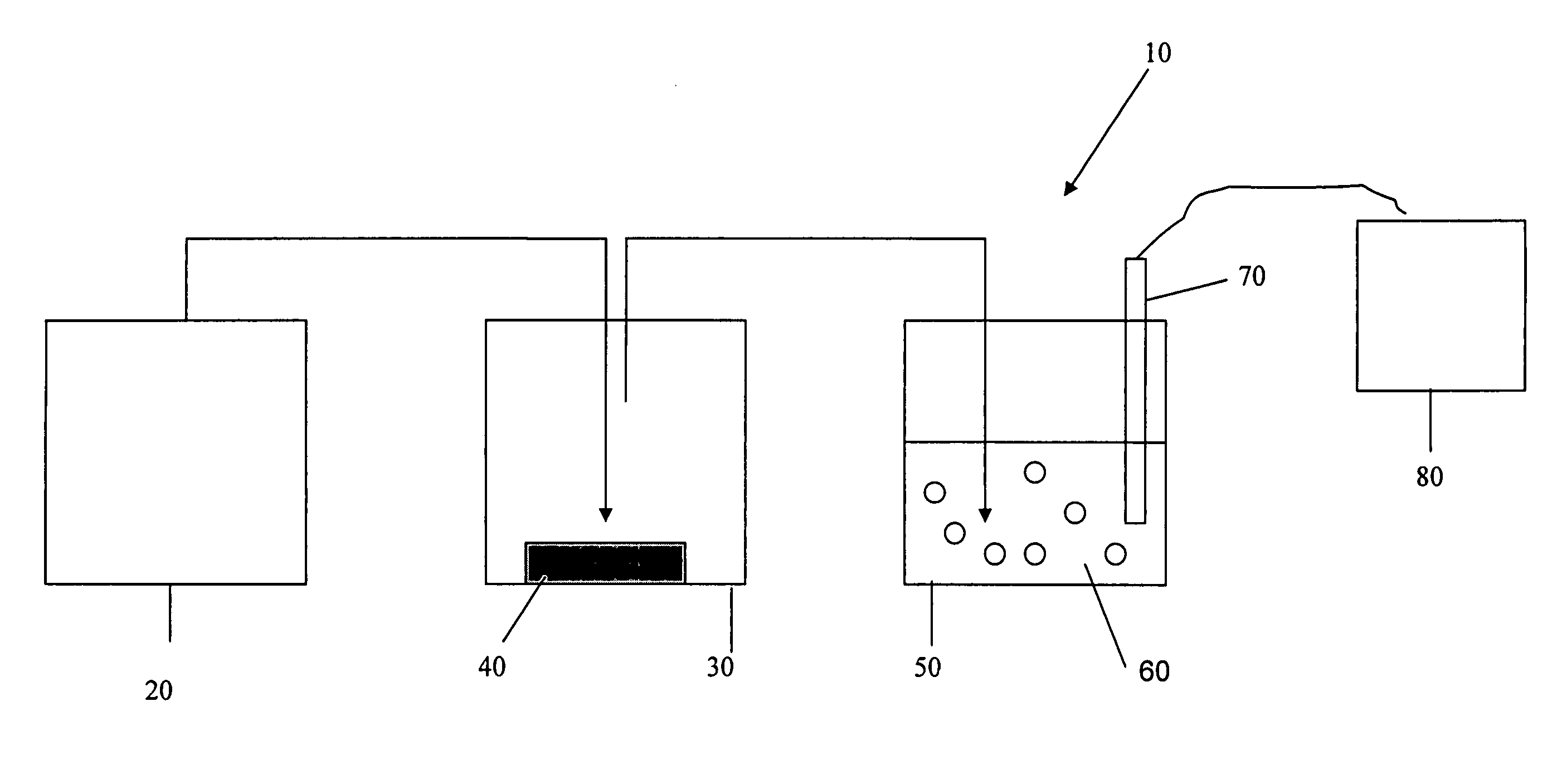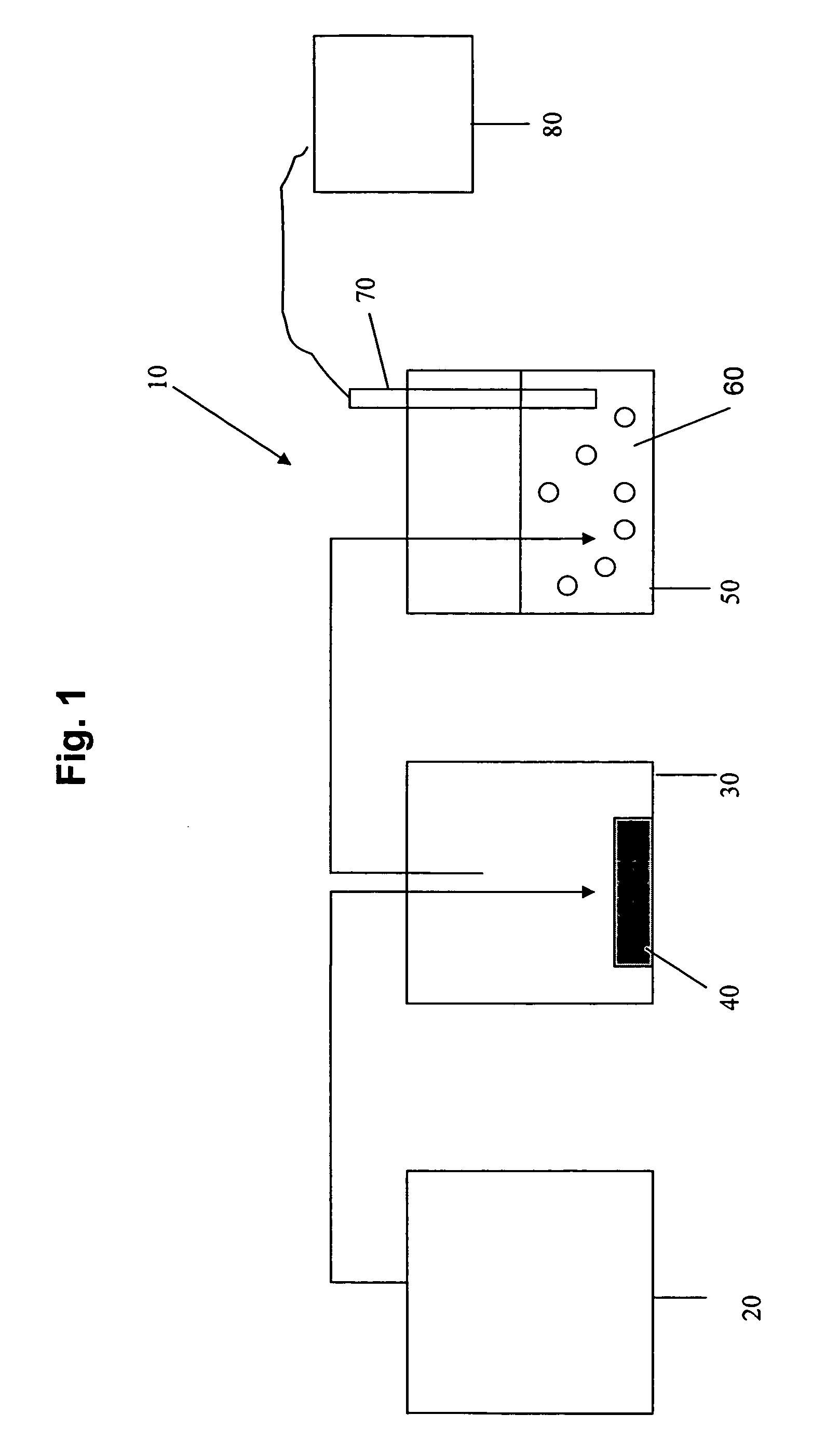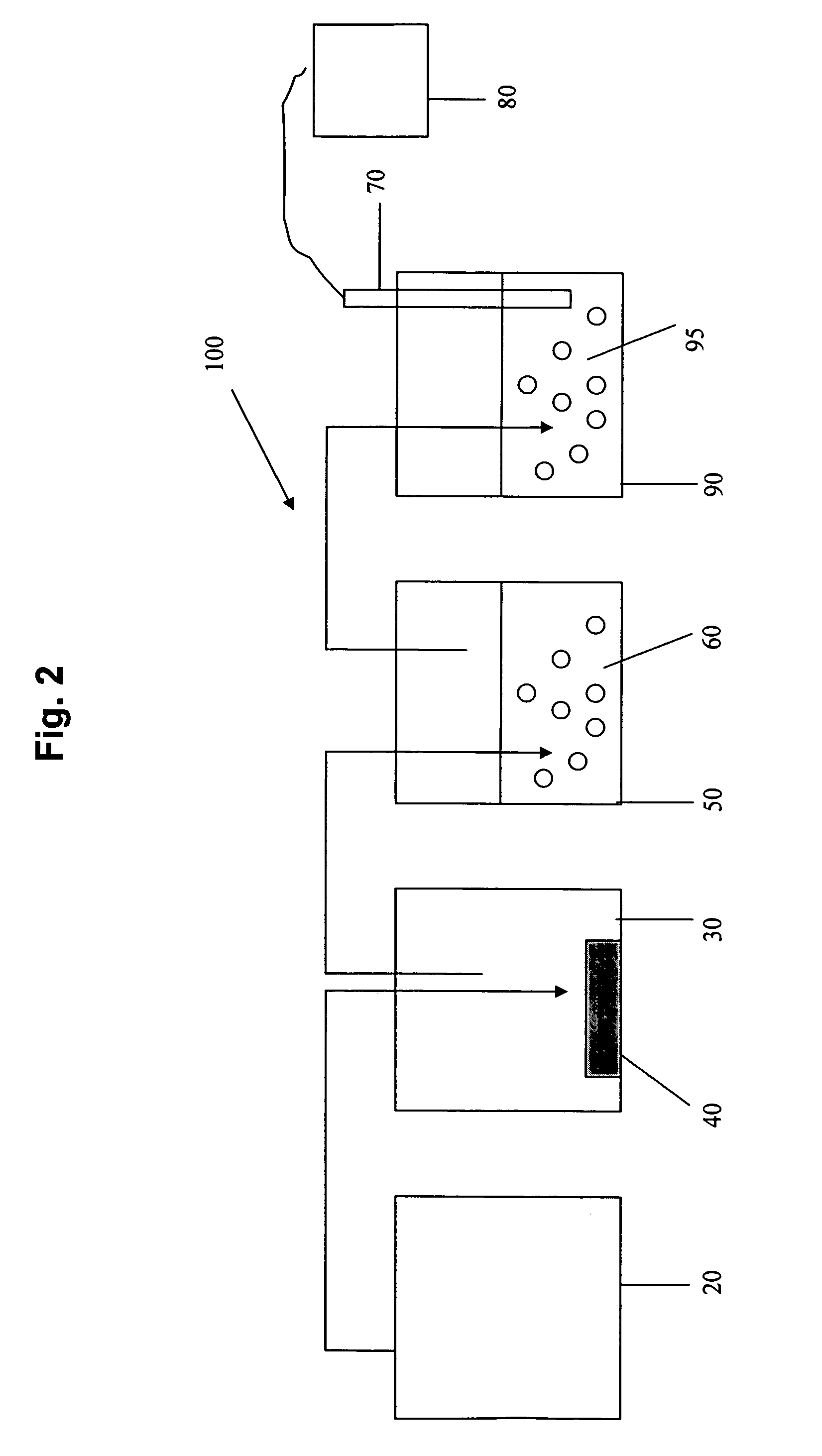Reuse of waste materials via manure additive
a technology of manure and waste materials, applied in the field of waste materials, can solve the problems of odor problems, groundwater contamination, and waste manure of livestock
- Summary
- Abstract
- Description
- Claims
- Application Information
AI Technical Summary
Benefits of technology
Problems solved by technology
Method used
Image
Examples
examples
[0056]The following examples are included to more clearly demonstrate the overall nature of the invention. These examples are exemplary, not restrictive, of the invention. As the sample numbers indicate, a large number of samples were prepared. A brief summary of some of the stabilized samples, omitting those samples for which test results were not as good, is as follows:
[0057]Sample No. 1: Portland cement and manure were mixed in a 1:1 ratio and left for a day. The resultant mixture had some cement which had no water to blend with the manure. The mixture had a moderate strength and could be crushed by hand with significant force.
[0058]Sample No. 6: Manure, portland cement, gypsum, CaO, and water were combined in equal ratios and mixed well. The material was formed into a coarse paste. After a day of setting time, a powdery substance with no lumps was formed.
[0059]Sample No. 9: Manure, gypsum, and water were combined in equal ratios and mixed well. The material was formed into a pas...
PUM
| Property | Measurement | Unit |
|---|---|---|
| temperature | aaaaa | aaaaa |
| diameters | aaaaa | aaaaa |
| pH | aaaaa | aaaaa |
Abstract
Description
Claims
Application Information
 Login to View More
Login to View More - R&D
- Intellectual Property
- Life Sciences
- Materials
- Tech Scout
- Unparalleled Data Quality
- Higher Quality Content
- 60% Fewer Hallucinations
Browse by: Latest US Patents, China's latest patents, Technical Efficacy Thesaurus, Application Domain, Technology Topic, Popular Technical Reports.
© 2025 PatSnap. All rights reserved.Legal|Privacy policy|Modern Slavery Act Transparency Statement|Sitemap|About US| Contact US: help@patsnap.com



